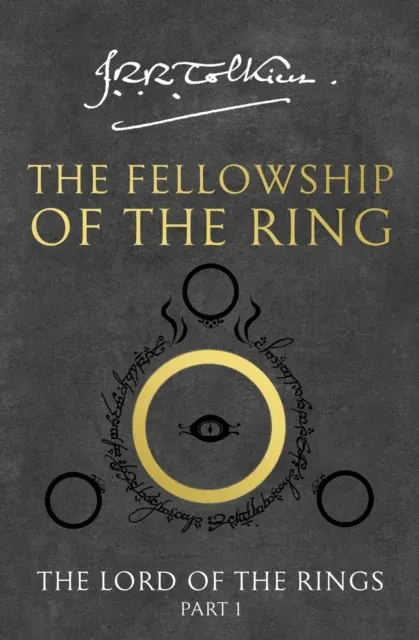The Colony of Jamestown

In the late 16th to early 17th centuries, England was simply chock-full of jobless people, and the population was growing rapidly. One way to solve this was to get land overseas to free up space. King James I granted a charter to colonize Virginia, a land discovered and named by Sir Walter Raleigh on the Eastern Coast of America.
The aptly-named Virginia Company received this charter and promptly sent over 100 men to attempt colonization. However, these people were looking for gold. They thought that since the Spanish discovered large quantities of said shiny metal in their part of America, they could find the same substance in Virginia. They were wrong.
Most of the people sent over were either aristocrats and artisans. They established the colony of Jamestown. Unfortunately, they didn't know how to farm, fish, or hunt, so many of them died. The Indians helped the English survivors by giving them food, and soon some much-needed leadership arrived to the colony in the form of John Smith, a former career soldier who came to govern the people.
According to legend, Smith was captured by the Powhatan Indians and saved by the chief's daughter, Pocahontas. Later, many of the settlers died of starvation, and were about to desert when they met their new governor, Lord De La Warr. The new governor raided many Indian villages to help his people survive, an act of war.
This war lasted until 1614, and was ended because of the marriage between a settler named John Rolfe and Pocahontas. Later, on a trip to England, Pocahontas died and was buried there.
When John Rolfe came back, he realized that tobacco could be grown near Jamestown, and after the colony became profitable out of this venture, the settlers decided to stop looking for gold and instead farm tobacco. In 1619, 90 women arrived to the colony, which made it obvious that the English were there to stay.




